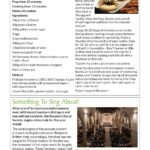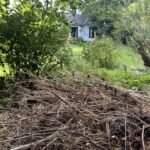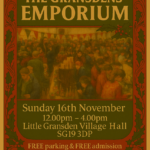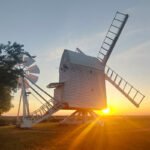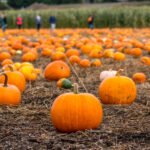By Emma Russell
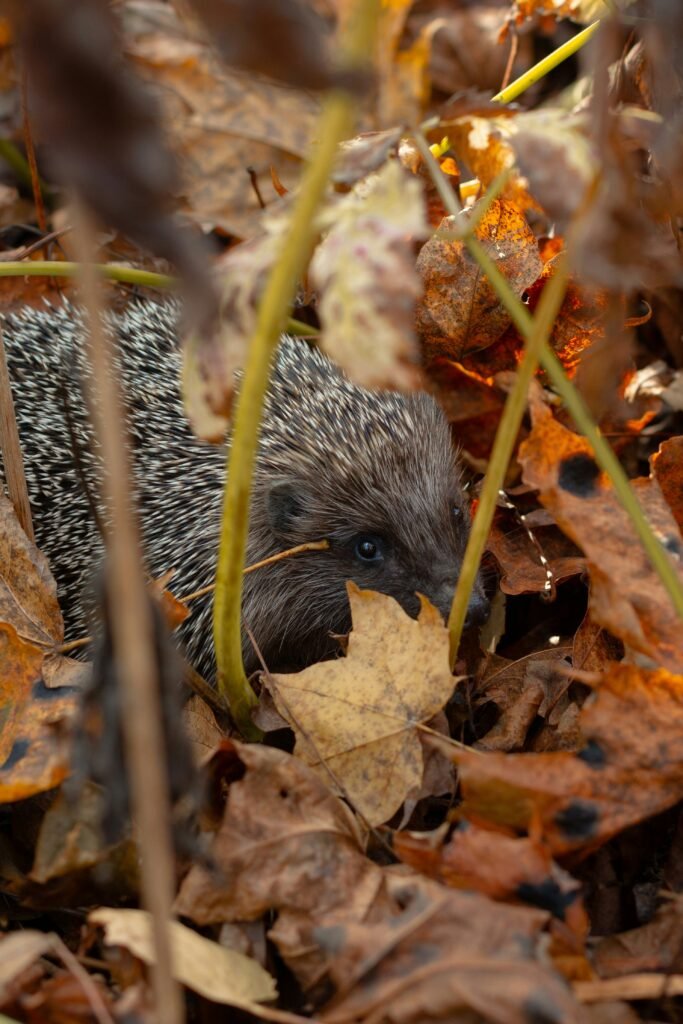
In forests and woodlands up and down the country, the autumnal canopy of colours changes to a palette of rich golden yellows, burnt sienna orange, and deep russet reds. October is such a significant month for wild woodland creatures. It is a time of transition as nature prepares for the coming winter.
Hedgehogs are busy preparing for hibernation, intensively feeding to build up their fat reserves. They will consume a variety of foods including insects, worms, snails, and other invertebrates. They must reach a sufficient weight before hibernation, in order to survive the winter months. Hedgehogs build hibernacula, nests made of leaves, grass, and other available materials to provide insulation and protection during hibernation. They like quiet places, under sheds, deep in the hedgerows, or in compost heaps or woodpiles. Gardeners can help support hedgehogs by creating a hedgehog-friendly environment, creating log piles or leaf heaps for nesting, and ensuring there are safe passageways between gardens. You can cut a 13cm by 13cm hole in your fence to help hedgehogs move from garden to garden, check out the Home – Hedgehog Street website for further details.
Hedgehogs typically hibernate from November until March or April, depending on the weather. During the period of hibernation, a hedgehog’s metabolic rate drops and their heart rate and breathing slows down to conserve energy. It’s very important to avoid disturbing potential hibernation sites. If you find a hedgehog out of hibernation during the winter, contact the Wildlife Aid Foundation for help and advice. Wildlife Aid Foundation | Emergency
Deer enter their rutting season when the males fight each other for the right to mate. The red deer is Britain’s largest native land mammal. Male stags are very vocal in autumn, bellowing to attract female hinds and establish dominance over other males. Fallow deer also experience the October rutting season, male bucks compete for female does through a combination of vocalisations, physical displays, and fighting. During the rut, male deer are far more active and aggressive. They mark their territories with scent from their glands and create rutting pits where they urinate and roll in the mud to spread their scent. Opportunities exist to observe the rut from a safe distance in parks and woodland around the UK. You can find out more on the British Deer Society website The British Deer Society (bds.org.uk)
Birds such as swallows and house martins leave the UK for warmer climates. Winter visitors like redwings and fieldfares arrive from the north and east. Our resident birds tend to rely heavily on garden birdfeeders as their natural food sources become more scarce. This is also the peak season for fungi, with a wide variety of mushrooms and toadstools appearing in woodlands and fields. Common species include fly agaric, chanterelles, and shaggy inkcaps.
October is a time of great change and preparation in the natural world, with both flora and fauna adapting to the cooler, shorter days and getting ready for the long, dark winter months ahead.



